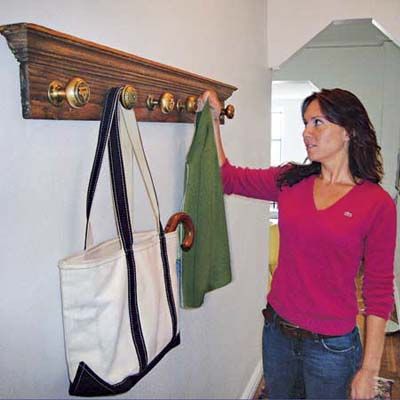Crown molding and trim upgrades can significantly elevate your home’s look and value. These architectural details add character to any space, giving it a timeless appeal. Whether you want to bring back the charm of an older home or add elegance to a newer one, crown molding and trim upgrades can work wonders. This guide covers a range of DIY projects that will help you integrate these stylish elements into your home.
Revive the Charm of Classic Architecture with Trim Upgrades
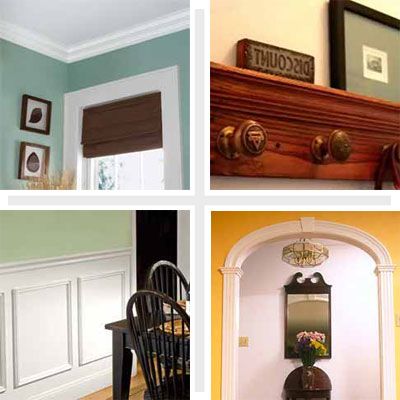
Many homeowners have a deep appreciation for the architectural details of past eras, especially when modern styles have replaced ornate features or when contemporary homes lack the craft of custom millwork. Bringing back this charm through DIY projects isn’t only doable, it can also be affordable. From installing crown molding to creating wainscoting or archways, these updates can dramatically change your home’s interior.
While some of these project ideas may seem challenging at first, the right guidance and tools make them more accessible. We’ll walk you through each step, offering expert tips along the way. With some effort and time, you’ll soon see your home take on that classic elegance you’ve been longing for.
Install Three-Piece Crown Molding
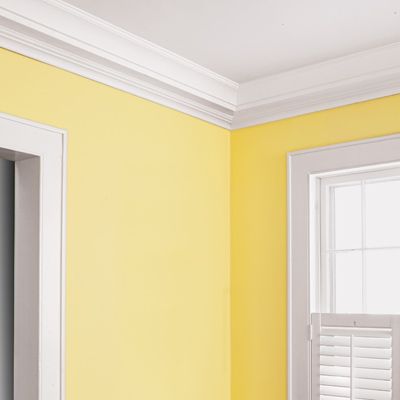
Crown molding is a classy way to create a smooth transition between walls and ceilings. Sometimes, a single strip may not deliver enough impact for rooms with high ceilings or rich window and door moldings. To improve the molding profile without added expense, go with a three-piece crown molding system.
This technique, developed by This Old House senior technical editor Mark Powers, begins with an L-shaped half beam. You then attach crown moldings to both the fascia and soffit, resulting in a striking, built-up appearance that draws attention to the ceiling. You may need help with some cuts and lifting the pieces, but this project can completely transform a room in just a couple of days.
Build a Mirror From Case Molding
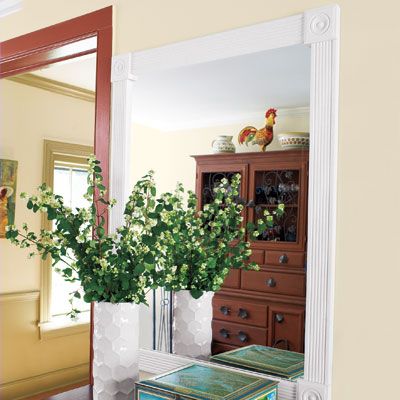
Mirrors are a great way to brighten up small or narrow spaces, but large, high-end mirrors can be pricey. The good news is you can create a custom mirror frame using case molding, which gives you the luxury look without the high-end price.
This Old House general contractor Tom Silva built a mirror using corner blocks, fluted casing, a precut mirror, and sturdy mounting materials. This approach is affordable and customizable, so you can perfectly match your space. The finished product is a functional, stylistic addition to your home.
Install Wainscoting
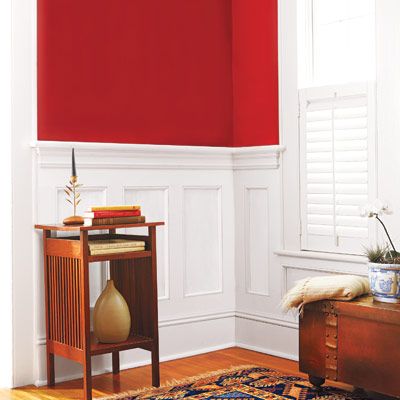
Wainscoting is a traditional wall treatment popular for adding depth and value to plain walls. While it looks intricate, installing it is a straightforward DIY project. By using stock lumber and moldings, you can have a rich, layered look that changes the feel of a room.
The process involves measuring, cutting, and attaching panels to the wall, then finishing with decorative trim. Though it requires attention to detail, the outcome is a beautiful architectural element that also protects walls from wear and tear.
Install Traditional Crown Molding
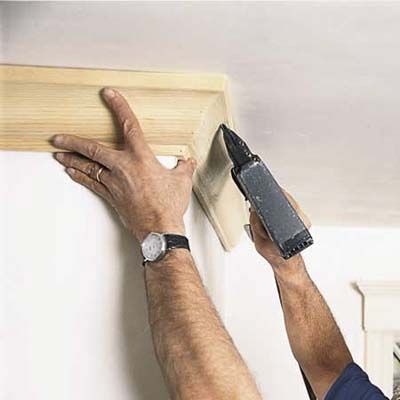
Since the late Renaissance, crown molding has been a go-to choice for adding elegance and sophistication to rooms. Installing it might seem a little more complex than baseboard installation, but it’s manageable for most DIY enthusiasts.
According to Silva, the key to success is making sure the joints are tight and that the molding aligns properly with the ceiling. With careful measurements and cuts, you’ll get a polished, professional finish that elevates the entire room.
Try Easy-to-Install Crown Molding
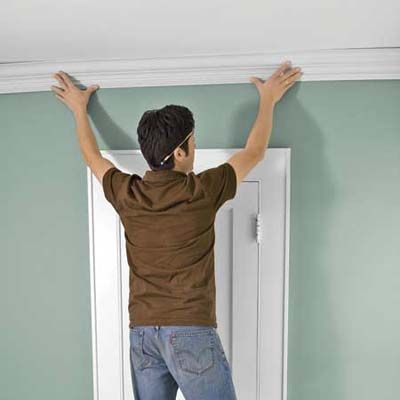
If traditional crown molding seems daunting, there’s a simpler option. Trimroc molding by Canamould Extrusions offers the same elegance without the complexity. You can easily cut it with a handsaw and install it using a joint compound.
Above, Powers demonstrates how this innovative product streamlines installation by bypassing complex miter cuts and coping. In a weekend, you can transform a room into a refined space with minimal effort.
Install Simple Wall Frames
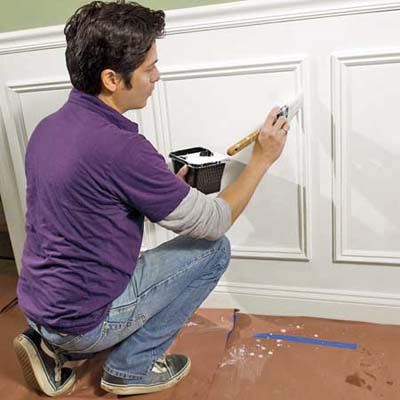
Wall frames are an easy way to add architectural interest to plain walls. Dating back to 1750s Britain, this technique creates the look of wood paneling on plaster walls. The beauty of this project is in its simplicity—all you need is a miter saw and a nail gun for impressive results.
Powers shares the process of creating and installing these decorative frames. By layering simple molding pieces, you can simulate ornate profiles without the high cost. This weekend project brings timeless character to homes, turning plain walls into elegant focal points.
Trim Out a Window
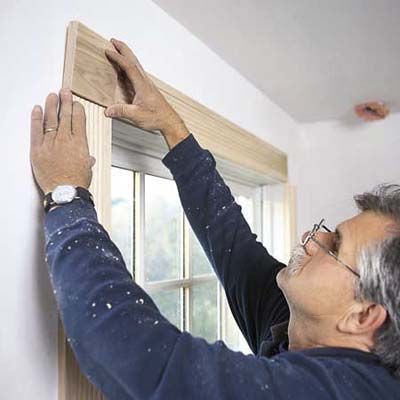
Though it’s often overlooked, window trim can substantially impact a room’s overall style. Silva emphasizes matching your trim to the home’s original character. He demonstrates window trimming using reeded side and head casings, plain corner blocks, a thick stool, and a delicate apron in the above image.
Successful installation hinges on using stable materials, precise measurements, and accurate cuts. Silva’s approach leads to seamless assembly without gaps between the wall and casing. With his expert guidance, you can achieve professional-looking results that elevate the window and the room.
Add Beadboard Wainscoting
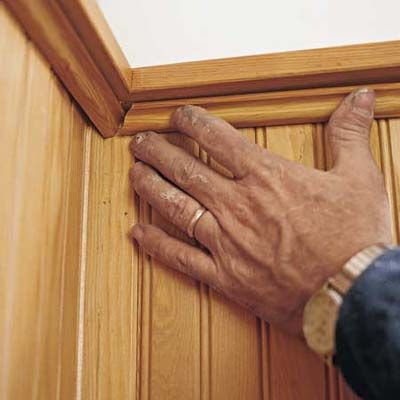
Beadboard wainscoting infuses a room with classic charm and protection. Silva recommends installing it in areas prone to damage, like hallways and pantries. Installing the tongue-and-groove strips consecutively creates a clean, uniform look. With a little effort, you can enjoy the timeless appeal of beadboard for years.
Complete Your Room With Baseboards
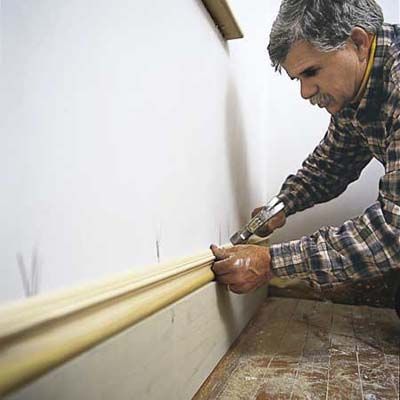
Don’t skip the baseboards—they play a key role in tying a room together. If your home has thin, uninspiring baseboards, upgrading to taller and thicker ones can make a big impact.
Though it involves careful measuring and cutting, replacing baseboards is a relatively simple task. The result is a more finished and sophisticated look that enhances the entire room.
Install a Ceiling Medallion
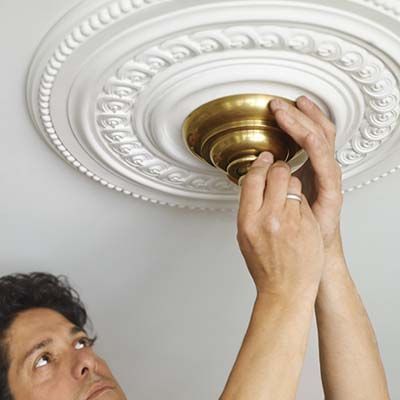
A ceiling medallion can turn a simplistic drywall expanse into an architectural centerpiece. Once crafted from heavy plaster, modern ceiling medallions now use lightweight polyurethane for easy installation. This project, completed by Powers above, only takes one morning to finish.
Install a Decorative Wall Niche
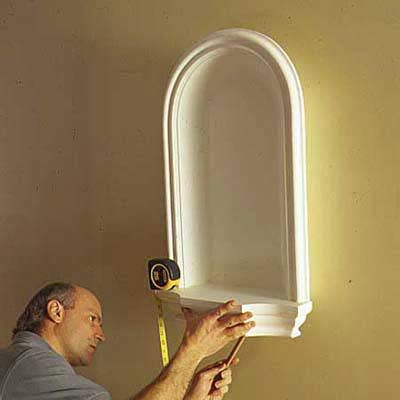
Decorative wall niches, popular in homes from the mid-1800s to early 1900s, can bring a touch of vintage sophistication to modern interiors. Today, reproductions crafted from lightweight, durable materials like high-density urethane foam make this classic feature easy to replicate without the hassle of heavy plaster.
Installing a niche can add depth to flat walls and create the perfect display space for artwork or sculptures. While the installation may require some precise cutting and placement, the result is a unique architectural feature that enhances the overall character of your home.
Create an Archway
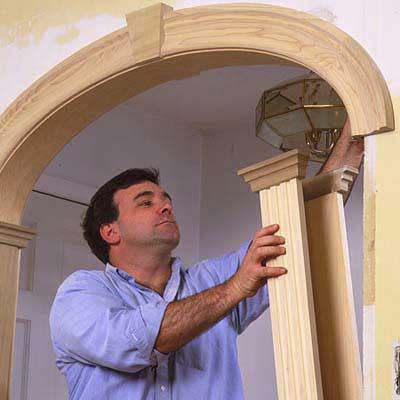
Converting a rectangular cased opening into an elegant elliptical archway can transform your home’s entire vibe. By crafting fluted columns and an arched header with keystone accents, this project introduces architectural interest and grandeur.
Though it requires careful planning and execution, you can finish this job in two days. The finished arch enhances the flow between rooms, giving your home a custom and sophisticated look.
Hang a Tin Ceiling
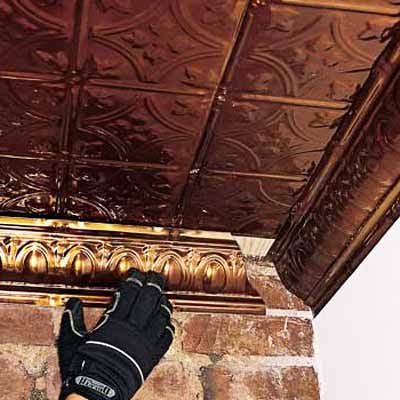
Tin ceilings, a hallmark of the Victorian era, infuse any room with distinctive vintage charm and texture. Here, Powers installs pressed metal panels for an architectural masterpiece overhead. These panels reflect light, brightening the space.
Although typically associated with kitchens and bathrooms, tin ceiling panels lend themselves to creative use in other spaces. For example, you might position the panels above your kitchen cabinets or paint them white to create a lacy canopy effect in a bedroom.
Make a Doorknob Coatrack
Repurposing vintage hardware adds character and function to your home. This Old House features editor Amy Hughes crafted this charming coatrack using vintage metal doorknobs and their matching rosette backplates. She mounted on a piece of salvaged wood for a unique storage solution.
This project is a great example of upcycling, blending sustainability with vintage charm. It’s a simple DIY job that helps keep your entryway or mudroom organized and adds a stylish, unique feature.
Build a Wood Mantel
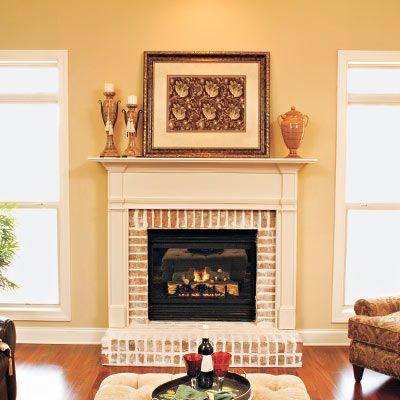
A wood mantel can transform a fireplace into the focal point of a room. While pre-made mantels are available, building your own allows you to customize the design to perfectly suit your style. Using off-the-shelf lumber and stock molding, you can create a traditional mantel that complements various decor styles.
Safety is important when working near a fireplace. National regulations dictate at least 6 inches of clearance around the firebox, plus an additional inch for every 1/8 inch the mantel protrudes from the wall. Your local building codes may be stricter, so check before proceeding with your project.
Build a Wall-Mounted Pet Organizer
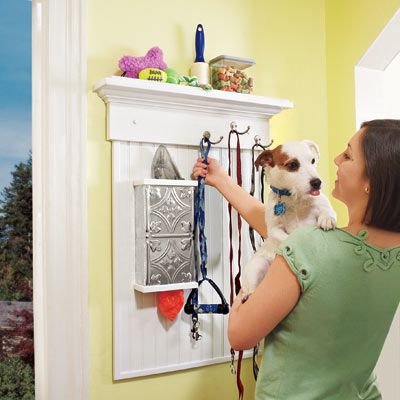
Pet owners know the struggle of keeping pet supplies neatly stored. This wall-mounted organizer, made from beadboard, crown molding, stock lumber, and an unused tin ceiling tile, offers a stylish and functional solution.
This project helps organize leashes, treats, and other pet essentials while adding a decorative element to your home. We think it’s perfect for an entryway or mudroom. It’s a simple DIY that combines practicality with charm to make everyday pet care a little more fun.
Make a Window Box Using Vintage Trim
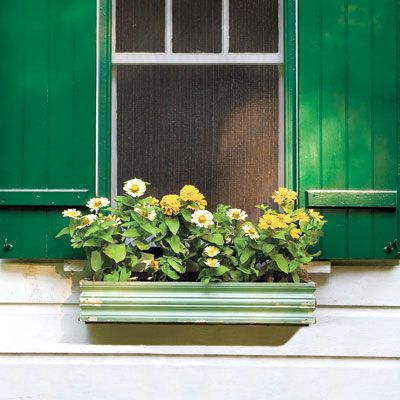
Window boxes deliver charm and natural beauty to your home’s exterior. By repurposing vintage trim, you can design a cottage-style window box oozing with character. Materials include 6- or 8-inch-wide trim, exterior plywood, water-resistant wood glue, and a shallow plastic planter.
If you’re working with old trim, be careful of potential lead paint. It’s best to strip it using a wet method or seal it with a clear top coat for safety.
Turn a Cornice Into a Garden Tool Holder
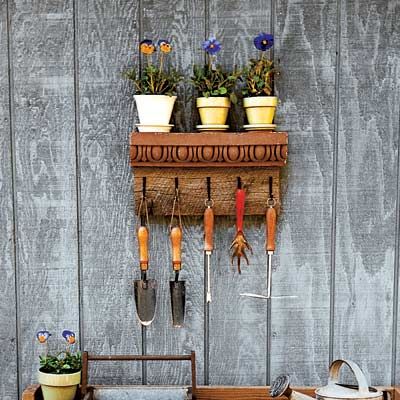
You can give old architectural elements new life in practical ways. Hughes transformed this 19th-century terracotta cornice into a stylish garden tool holder. Mounting it on reclaimed wood and adding hooks makes it an attractive and functional storage solution for your garden tools.
This project creatively brings vintage charm into gardens or potting areas, showcasing the continued relevance of salvaged materials in modern applications.
Install a Lincrusta Wainscot
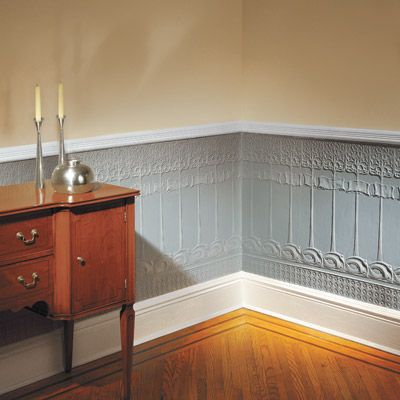
Lincrusta is an embossed wall covering introduced in the late 19th century that adds a rich and textured look to walls. Made from linseed oil and wood pulp, it is durable and perfect for high-traffic areas like hallways.
Installing Lincrusta panels as wainscoting can transform your rooms, adding texture and captivating visual allure to the walls. Powers finished the project above with a two-tone paint job to highlight the textures beautifully. Though this project requires more effort, the end result is an elegant upgrade to your home’s decor.
